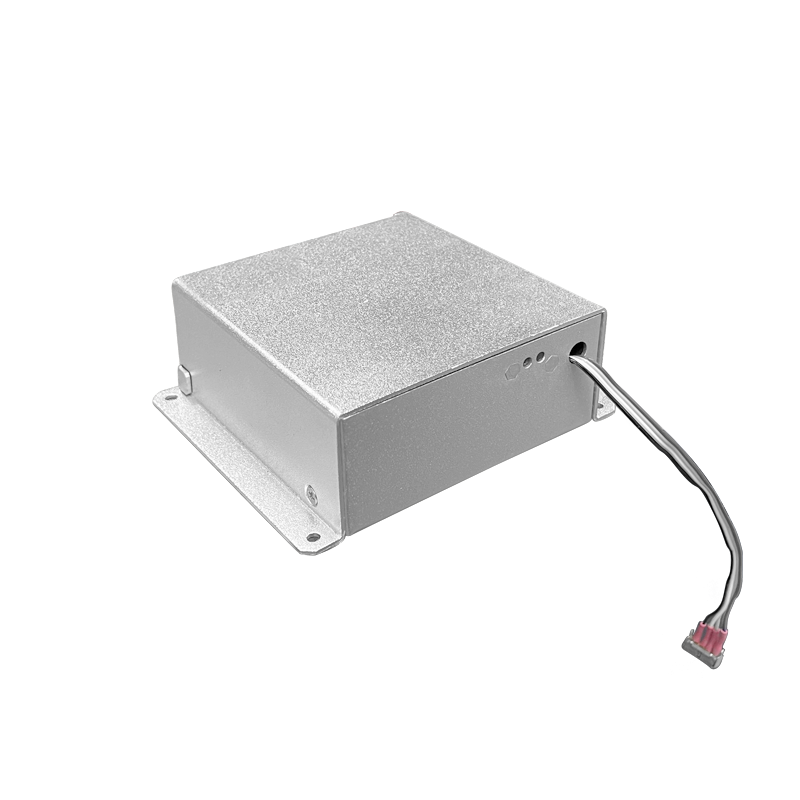Methods for Improving Voltage Regulation Resolution of Adjustable Voltage Power Supplies
Introduction
Voltage regulation resolution is a critical performance indicator of adjustable voltage power supplies, especially in high-precision application scenarios such as semiconductor device testing, quantum computing equipment power supply, and precision sensor calibration. In these fields, even a tiny voltage deviation may lead to inaccurate test results or abnormal operation of equipment. However, traditional adjustable voltage power supplies often face limitations in resolution improvement due to factors such as digital-to-analog converter (DAC) precision, feedback loop noise, and component parameter drift, which cannot meet the growing demand for high-precision voltage control.
Core Technical Challenges
The main challenges affecting voltage regulation resolution include three aspects. First, the finite number of bits of the DAC leads to discrete voltage output steps, making it difficult to achieve continuous and fine voltage adjustment. Second, the noise in the feedback loop, such as thermal noise of resistors and switching noise of power devices, superimposes on the output voltage, reducing the effective resolution. Third, the parameter drift of key components (such as operational amplifiers and voltage reference sources) caused by temperature changes further deteriorates the resolution stability.
Improvement Methods
To address these challenges, three targeted methods are proposed. Firstly, a high-bit DAC (e.g., 24-bit DAC) is adopted to reduce the voltage step size. Compared with the traditional 16-bit DAC, the 24-bit DAC can reduce the minimum voltage step by nearly 256 times, significantly improving the discrete resolution. Meanwhile, a dual DAC structure is introduced, where one DAC is responsible for coarse adjustment and the other for fine adjustment, realizing the combination of wide adjustment range and high resolution.
Secondly, the feedback loop is optimized to suppress noise. Low-temperature-coefficient precision resistors are used in the voltage division network of the feedback loop to reduce the impact of temperature drift on voltage sampling accuracy. A low-noise operational amplifier with a noise density lower than 1nV/√Hz is selected to reduce the inherent noise of the loop. In addition, a digital filter based on the Kalman algorithm is added to the digital control module to filter out random noise in the sampling signal without delaying the dynamic response.
Thirdly, a temperature compensation mechanism is established. Temperature sensors are placed near key components such as DAC, voltage reference, and operational amplifier to real-time monitor the temperature. The control system uses a pre-calibrated temperature-resistance/voltage correction model to dynamically adjust the control parameters of the DAC and feedback loop, ensuring that the resolution remains stable within the operating temperature range of -20°C to 70°C.
Application Verification
In the semiconductor wafer testing application, the improved adjustable voltage power supply is used to provide bias voltage for the wafer. The test results show that the voltage regulation resolution is increased from 10mV (traditional scheme) to 0.1mV, and the voltage fluctuation within 24 hours is less than 0.05mV. This ensures that the electrical parameters of each chip on the wafer are tested under the same precise bias voltage, reducing the test error by more than 30% compared with the traditional power supply.
Conclusion
By combining high-bit DAC, noise-optimized feedback loop, and temperature compensation mechanism, the voltage regulation resolution of the adjustable voltage power supply can be significantly improved, which provides reliable support for high-precision application scenarios and has broad application prospects in the fields of microelectronics and precision measurement.




















